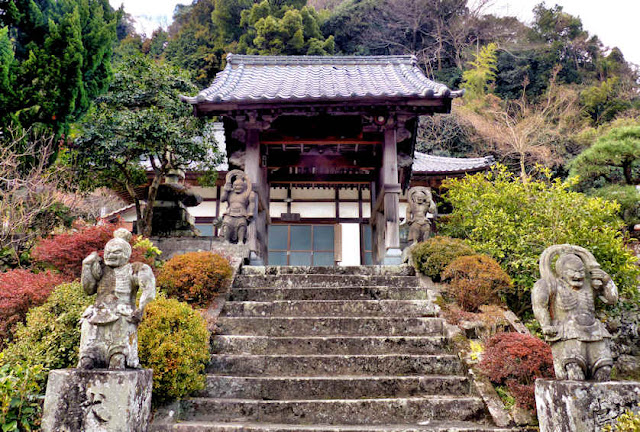Saturday, May 31, 2025
Kannonji Temple Demons Gate of Fukuyama Castle
Friday, May 30, 2025
Uranouchi Bay to Susaki
Wednesday, May 28, 2025
Fukuzenji Temple & The Most Beautiful View
Monday, May 26, 2025
Jobutsuji Temple 3 Kyushu Fudo Myoo Pilgrimage
Outwardly the temple appears like many smallish, rura; temples, and the architecture is nothing special, however it is home to an unusual and unique festival.
This was day 4 of my walk around Kunisaki at the start of the Kyushu Fudo Myoo Pilgrimage and I was mostly following the trail that roughly follows the old shugendo pilgrinage route and so was doing the 7 Fudo Myo temples here in approximately reverse order.
Labels:
Fudo Myojin,
kunisaki,
kyushu fudo,
nio,
oita,
rokugo manzan,
tendai
Subscribe to:
Comments (Atom)
































































